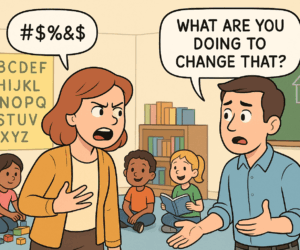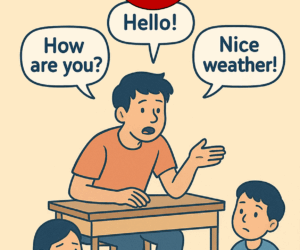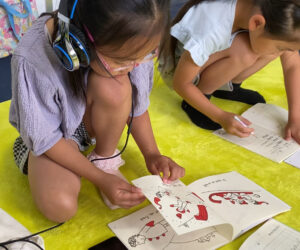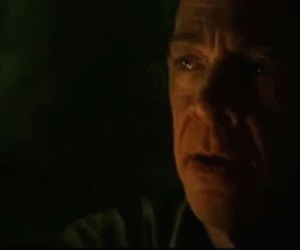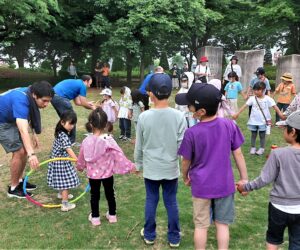“Why don’t you stand on the other side of the room?”
“Why don’t you stand on the other side of the room?” Lisanne asked after observing my Kindergarten High lesson one Saturday. Lisanne is a teacher at MY English School. Prior to her observation, I usually stood on the side of the classroom where my back was to a glass window facing the lobby. That meant the children saw their parents, who were usually standing outside of the room watching their children. That also meant the children had more distractions because they could see all sorts of other things happening outside of the classroom.
The following week, I made sure to follow Lisanne’s advice. I positioned myself on the other side of the room. Almost immediately, I noticed a significant change in the classroom dynamics. With nothing but a plain wall behind me, the children had almost no distractions. It felt easier to catch their attention. It still wasn’t 100% full attention, but at least I no longer had to compete with a parent who was waving to their kid urging them to behave, or with whatever colorful distraction behind me that may catch the children’s wandering eyes.
The tiny change—in this case, the place where I positioned myself—led to a better situation both for me and the children.
“Why did you have only 2 lines?”
More recently, Alina, another teacher, observed one of my first-year elementary-age lessons. In our post-observation discussion, she asked, “Why did you have only 2 lines for Dice Bucket?” That was how I saw other teachers run the game; that was what I saw in a training video that I watched. Alina’s suggestion to create more lines only came to mind during our discussion.
Again, with the tiny change of making a third or even a fourth line during the game, it instantly led to some noticeable changes. I tried it in my other first-year class. First, the students got more oral practice of the target language (in this case, CVC words). Second, the waiting time between turns for the children was reduced. As a result, students were not as distracted.
Sometimes all we need to address a particular issue in the classroom is a small tweak in how we do certain things.
Following these two conversations and looking back on previous lessons, I realized that sometimes all we need to address a particular issue in the classroom is a small tweak in how we do certain things. I sometimes fall into a routine regarding how I do lessons. Feedback from fellow MY teachers on what changes I can carry out, big or small, is helpful.
How about you? What tiny change(s) have you made that led to a big change in your classroom? Are you able to get helpful feedback from colleagues? For those experiencing a classroom issue at the moment, have you tried reflecting on what changes you can make? If you have, what change was it?


